Removal of an Impacted Wisdom Tooth

Item:24D-0001
Price: $125.00 USD
+$20.00 with written transcript
+ Tax & Shipping
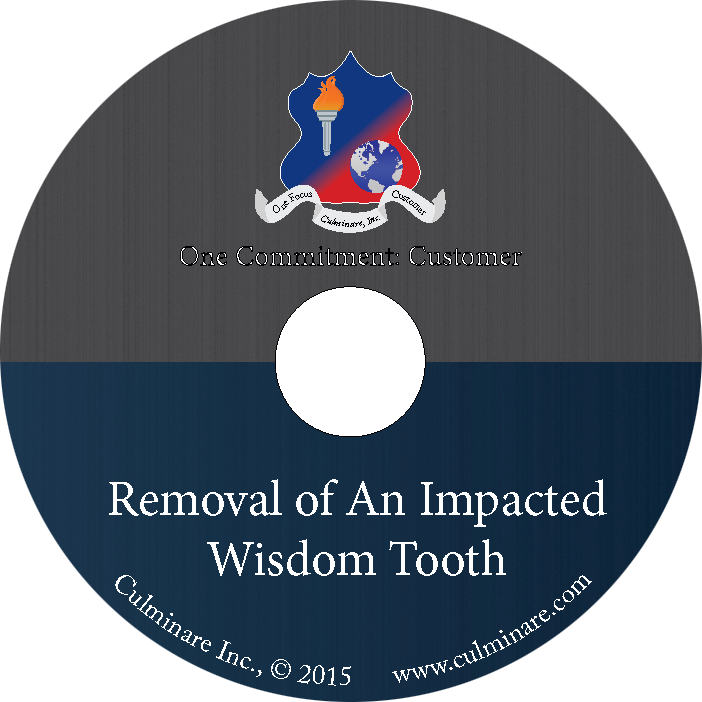
How To Take An Alginate Impression

Item: 24D-1001
Price: +$20.00 with written transcript
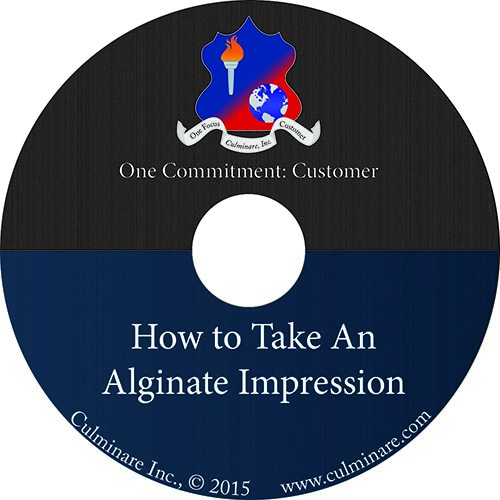
MOD

Item: 22B-0005
$70.00
+ Tax & Shipping

MOD
A Wealth of Valuable Information Include:
How to improve a dental practice
Why to adhere to fundamental principles
How to build momentum toward a goal
Reviewer Note
“As an educator and nondental professional, it was amazingly insightful to have had the opportunity to be privy to the wealth of essential information that Dr. Sean Lee, DDS, has shared in MOD.
Its application can go beyond the field of dentistry and has been instrumental in acting as a catalyst in my own professional endeavors.
I have known Dr. Lee for over 10 years. This book is an invaluable culmination of his experiences, priceless insights, and sound advice gained over the years in private practice. Over these 10 years, I can say without reservation, not once have I seen Dr. Lee settle for mediocrity. His strive for excellence and suggestions on how to obtain this excellence are illustrated repeatedly throughout these pages. He demonstrates ceaseless energy and an uncompromising ability to focus this energy toward unrelenting excellence.
As one reads through these pages, one is inspired by Dr. Lee’s drive, high level of integrity, and professionalism sparked by his motivation and compassion to serve, to do the right thing for his patients. His is an unwavering patient-centered perspective. He puts human relationship at the core of his perspective from which he pivots as a dentist, employer, and businessman. He acknowledges the need for optimal balance while wearing these 3 hats. Sound advice, insights, and concrete illustrations are delineated throughout these pages in order to obtain this optimal balance.
Every word is included to drive the reader forward, set goals, and put forth the effort to achieve these goals. He challenges the reader to take what he has learned through hard-core and direct experience, and use it as leverage to success. No guesswork involved.”
Ann-Marie Stauble, PhD
Read About the Author: Sean S. Lee, D.D.S.
 Brief Professional Biography
Brief Professional Biography
After receiving his DDS degree from the UCLA School of Dentistry, as an avid researcher, he has completed numerous research projects resulting in nearly 100 publications including abstracts in the dental literature. An avid educator, he is a faculty member in a school of dentistry. Sharing, with no redecoration, his experiences and issues that have arisen during his practicing dentistry is what he considers perhaps the most appreciated by the dental profession and the public. Dependability, diligence and integrity define his traits readily acknowledged by friends and coworkers alike. Currently, he is a full time professor, a part time practicing dentist.
Right click and save our fax form to your computer
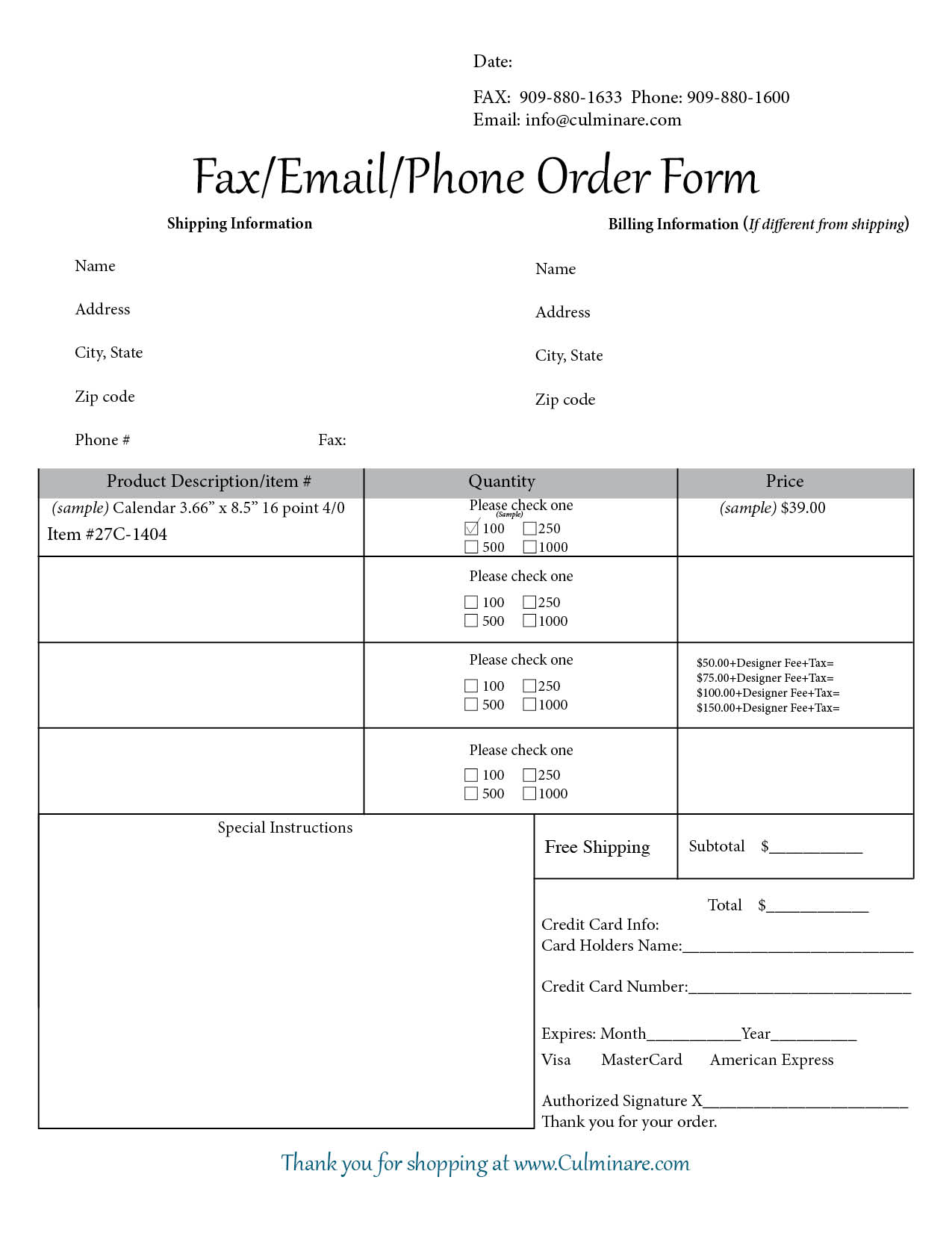
Dental Bank
[tab img=”images/stories/demo/frontpage/feature2.jpg” title=”DENTAL LAB” list=”[li]Certified Dental Technicians[/li] [li]Prompt Pick-up[/li] [li]Easy Communication[/li] [li]On Time Due Dates[/li]”]
Our Dental Bank service will casino online be offered in early 2013. Our clients will find our Dental Lab services fast and friendly, making outsourcing your dental lab work convenient and easy for you.
[/tab]
How to Make a Porcelain Crown

Item:24D-200
How To Make a Porcelain Crown From Waxup To Glaze Porcelain
COMING SOON
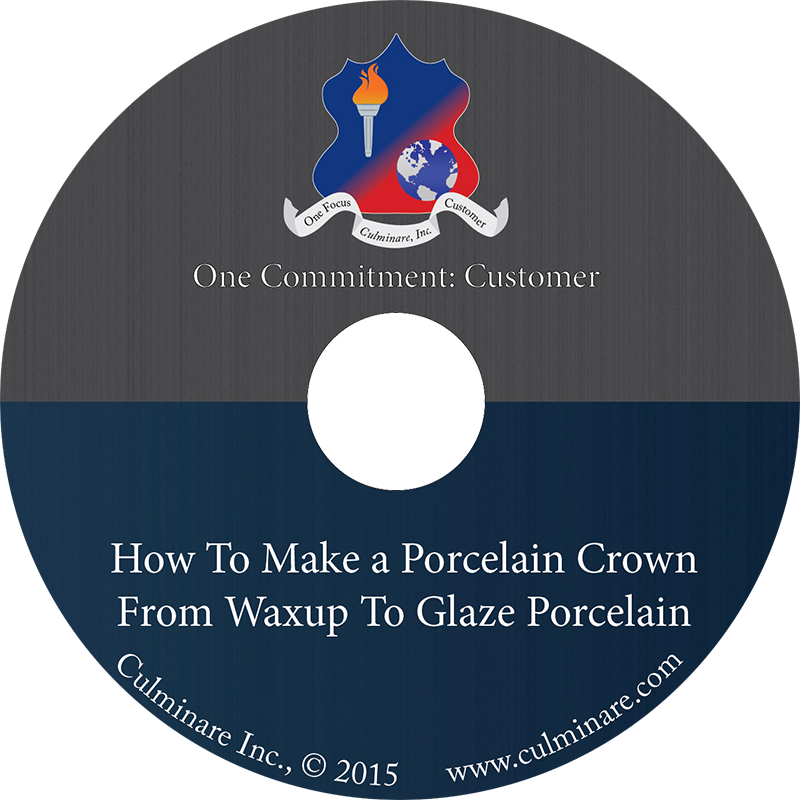
Dental Products
[tab img=”images/stories/demo/frontpage/feature3.jpg” title=”Dental & Lab Supplies” list=”[li]Dental Practice Solutions[/li] [li]Dental Lab Supplies[/li] [li]Customer Service[/li]”]
Starting early 2013 we will carry innovative, high quality dental equipment and products for Endodontic, Oral Surgery, Orthodontic, Periodontic, Pedodontic and Prosthodontic specialties. .
[/tab]
OneFocus Features
OneFocus is a simple to use, dental management software application, which can be configured to the needs of any type of dental practice.
OneFocus offers incredible flexibility, extreme usability and full user control. OneFocus is designed to guide the user through each process. All patient information such as digital images, electronic charting and electronic documents are available in one click!
A powerful dental management software solution that’s intelligent and fully loaded.
- Brings the power of online casino the Internet to state-of-the-art image management.
- Delivers a complete solution – film, paper, and digital images.
- Revolutionizes the cost of image management.
- Capture digital X-rays with just one click
- Immediately see your X-ray on screen – Anywhere, Anytime
- Send your images to any printer
- Save locally or to the cloud server
Introducing a Method to Record Tongue Coating

April, 2017
Dear Colleagues,
Diagnosing oral malodor is intellectually challenging and often frustrating. There are numerous causes for malodor but most can be attributed to poor oral hygiene which results in accumulation of coating on the dorsum of the tongue. If the plaque and tongue coating are the main cause of the malodor, it can be corrected rather easily through patient education of oral hygiene. Numerous nights and days have gone into the development of the methods described here. I proudly introduce the Lee Tongue Coating (LTC) Index. Please review the material carefully and send me your comments. This will greatly help to improve and refine these LTC methods.
Tongue Coating Index
Observing the tongue and making assessments about the depth and breadth of a tongue’s coating is one method of making a gross judgment about potential malodor. While it sounds subjective, judging the tongue’s coating is considered a useful method of detecting oral malodor. Making a notation with regard to the characteristic color of the tongue coating is advised as well.
The Lee tongue coating index (LTCI) is a tool, among others, to quantify TC presence on the dorsal surface of a tongue. This index has its own unique notion; a double layer concept for thick TC which requires binary scoring. In addition, this index uses six scales, a 0-5 scoring system, for more refined increments as presented in Table 2-3: Lee Tongue Coating Index Scale.
LTCI1 utilizes no divided zones. LTCI2 consists of two equally divided zones on each side of the vertical center line. The dorsum of the tongue is divided into 3 equal zones for LTCI3. The grid consists of a parabola, which is intersected along the long axis by a dividing line. Four equal zones are formed from one vertical center line and one horizontal midline in the LTCI4. LTCI6 consists of one vertical and two horizontal lines. Each zone is marked with a white dotted line for visualization purposes as shown in Figure 2-9: Lee Tongue Coating Index and Appendix B: LTCI. A vertical line is included in LTCI2, LTCI3, LTCI4 and LTCI6 since it is easily discernible with minimal zoning error with each repetition. Another advantage is that the researchers and clinicians can reliably score the coating with the consistent framework of a coating index at the initial visit and all subsequent recall visits.
The LTCI is measured in two steps:
1) assign a primary score based on the overall TC surface coverage in each zone whether it is thin or thick;
2) then, assign a subscore based on the percentage of the tongue coverage that only has a thick coating. Following are the steps for assigning LCTI.
| Table 1b Lee Tongue Coating Index (LTC1) LTC 1= A+Thick Coating Score |
Table 1d Lee Tongue Coating Index (LTC2) LTC 2= A+B+Thick Coating Score |
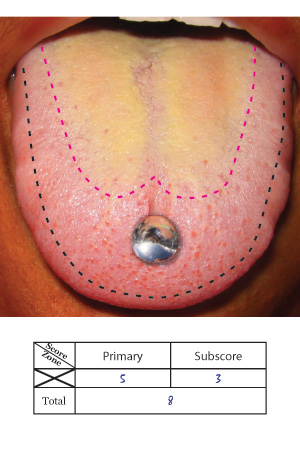 |
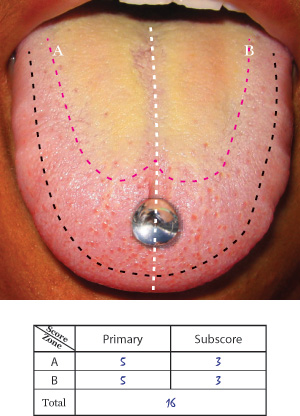 |
| Table 1b Lee Tongue Coating Index (LTC4) LTC 4= A+B+C+D+Thick Coating Score |
Table 1d Lee Tongue Coating Index (LTC6) LTC 6= A+B+C+D+E+F+Thick Coating Score |
|
|
|
| Table 2 Lee Tongue Coating Index (LTC) Scale |
||
| Scoring Criteria Of Each Zone | Score For Primary Coating | Thick Coating (Subscore) |
| No tongue coating visible |
0 |
0 |
| Less than1/3 of each zone surface covered |
1 |
1 |
| More than 1/3 but less than 2/3 of tongue surface covered |
2 |
2 |
| More than 2/3 of tongue surface covered |
3 |
3 |
Even though LTC6 and LTC5 were developed for research and academic purposes and LTC4 and LTC3 were developed for everyday clinical purposes, one may select the method that best meets their needs. The reason for 4 different indexes is so that the clinician can select the appropriate indexing model based on the morphology of the tongue. One of the biggest advantages of these methods is that clinicians can easily and consistently reproduce the data. Score the coating consistently at the initial and all subsequent recall visits.
How to Score LTC
LTC involves assigning numeric values for four different sizes of tongue coating (shown as “Score for Primary Coating” in Table 2). Then determine the quality of tongue coating (“Thick Coating Subscore”) based on the thickness of coating at each zone (Table 2). This will be further explained below in Steps 1 & 2, and utilizing Tables 3 & 4.
The LTC index was developed based on two principles: assignment of a primary score based on the size of overall tongue coating (TC) (combining surface coverage of each zone), then the assignment (adding on) of a thick coating subscore based on the size of the thick TC coverage area alone. Clinically, a thick TC is best described by the example of hairy tongue. Visually, the surface of the tongue looks like a wet mop, sponge, or slime layer. Portions of this layer can be removed relatively easily by way of a tongue scraper or other such implement. The filliform papillae in a thickly coated tongue region are visually welldefined. Here is the procedure for determining a total score:
Step 1: Determine primary/overall score for the surface area of the coating
Whether the coating is thick or thin, the primary score is based on surface area TC coverage in each zone. In other words, the score is determined based on the visibility of the tongue surface area.Step 2: Determine the subscore for the surface area of the thick coating
This is the same as the primary scoring method except this applies for only thick TC areas of each zone. The quality of tongue coating is based on the thickness of coating at each zone (Table 2). It is reasonable to conclude that a thickly coated tongue region can contain double the amount of foreign substances including malodor-producing bacteria per unit surface area compared to that of a thinly coated tongue region. The thick layer can almost be considered a second layer over the primary layer. This is the fundamental reason for assigning a subscore. If the coating is thin to moderate, then no score is assigned. If the tongue coating is thick, a score is recorded as the subscore based on (Table 2).
For example: Using LTC, At Zone A, if the primary score is 3 based on surface area of TC and the quality (thickness) of the TC is considered thin to moderate in all the TC at zone A, the total LTC score is 3. At zone A, if the primary score is 3 based on overall surface area of TC, but the TC is also considered thick on half of the TC at zone A, then the subscore will be 2. So, the total LTC score will be 5 [primary score (3) + thick coating subscore (2) = LTC score (5)]. However, if the thick TC area were less than 1/3 of the TC of the TC at zone A, then the subscore will be 1. This would make the total score 4.
Final interpretation of the total score of LTC3 is summarized in (Table 3). Table 4 shows LTC Index Score-Dependent Treatment Recommendations.
Table 3 Final Total LTC3 Index Score Interpretation |
||
|
Score |
Clinical Appearance/Intensity | |
|
1,2 |
No tongue coating problem; normal tongue. Not likely odor source |
|
|
3,4,5 |
Mild tongue coating visible but transient or situational. If breath odor problem exists, tongue coating is not necessarily linked to it. |
|
|
6,7,8 |
Moderate tongue coatinl most likely contributing to breath odor. Coating should be suspected and investigated as a contributing source of a malodor problem. |
|
|
9≤ |
Heavy tongue coating likely is the contribiting to a malodor problem. |
|
Table 4 LTC3 Index Score-Dependent Treatment Recommendations |
||
|
Score |
Treatment/Action | |
|
1-3 |
Tongue coating is not likely to prevent or manage breath malodor as part of a daily oral hygiene regimen. |
|
|
3-6 |
Patient is advised to add daily tongue cleaning to oral hygieene regimen to determine if breath odor problem improves or is prevented. |
|
|
9≤ |
Daily tongue cleaning, before brushing/mouthwash use, advisable once or twice daily.. |
|
 |
 |
 |
 |
 |
 |
 |
 |
 |


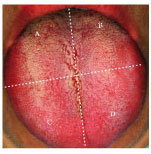

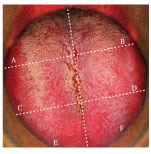
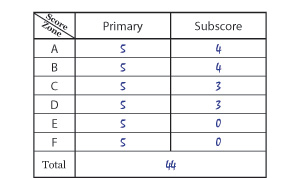
Recent Comments